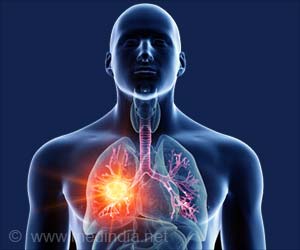People who are living in a river valley at low altitude face and increased risk of developing lung problems, finds a new study.

In the first study of its kind, researchers from the UK aimed to assess the impact of weather, pollution and geography on the symptoms of people with chronic obstructive pulmonary disease (COPD). This is the first evidence to find a link between increased respiratory symptoms and lower altitude areas of river valleys.
River valleys are typically damp areas in which cool layers of air get trapped below layers of warmer air. Known as a temperature inversion, this leads to mists and fogs which keep suspended droplets of water in the air, causing humid conditions.
Over the course of a year, daily respiratory symptoms of 52 people with COPD were monitored. The frequency of symptom exacerbation was then compared with the altitude and how close the subjects lived to the river, as well as with selected weather and pollution variables. These variables included humidity, temperature and dew point, which is the temperature below which water droplets begin to condense and dew can form. To measure the impact of these factors, the researchers compared their data with the average number of exacerbations and the usual symptoms experienced by all participants.
The results demonstrated that there were a number of links between the weather conditions in a river valley and an exacerbation of COPD symptoms. The findings revealed that patients experienced a higher frequency of COPD exacerbations the lower the altitude they lived at, and symptoms were also exacerbated by high humidity and low dew point.
The authors conclude that lung problems can be heightened due to the unique climate in a river valley. The suspended droplets of water in the air retain particles and pollutants, leading to adverse symptoms.
Advertisement
Source-Eurekalert











